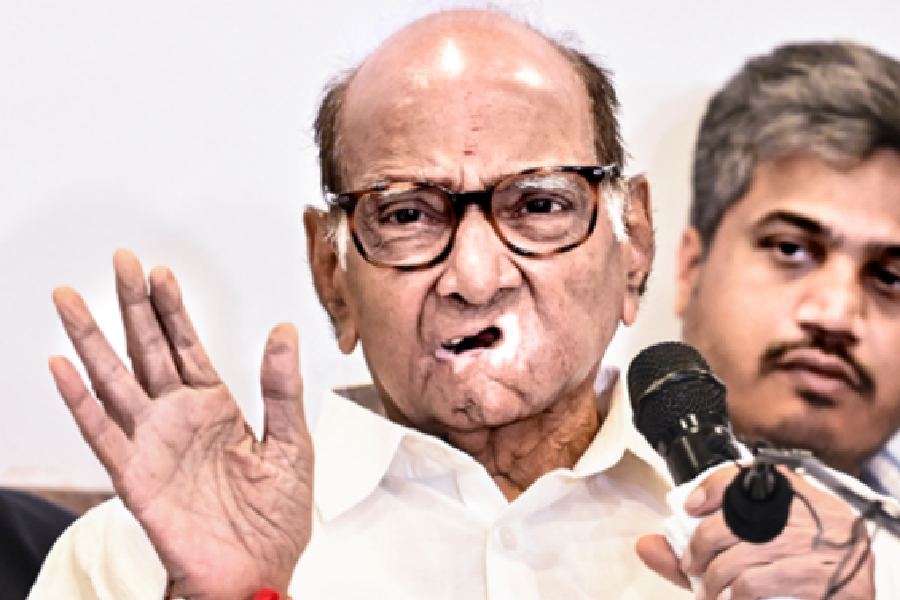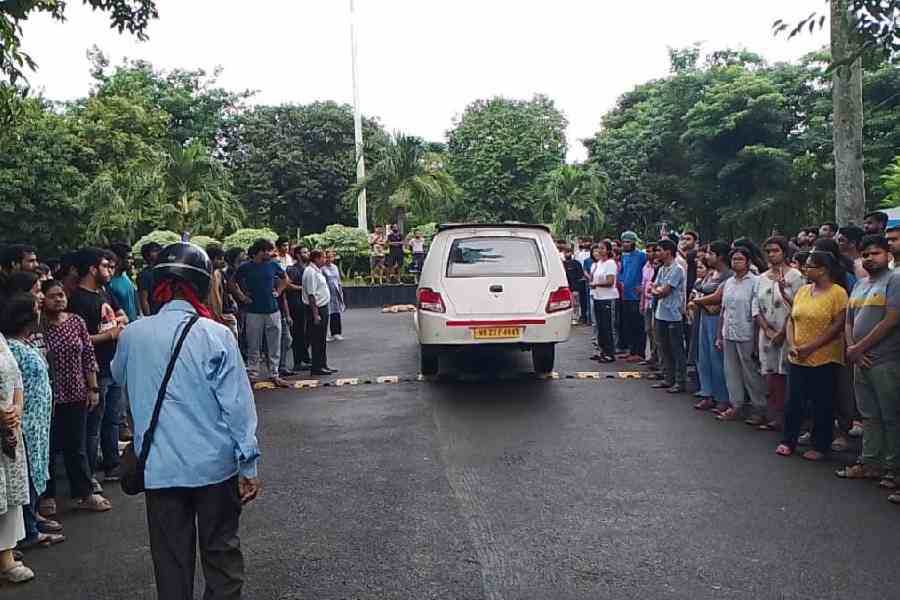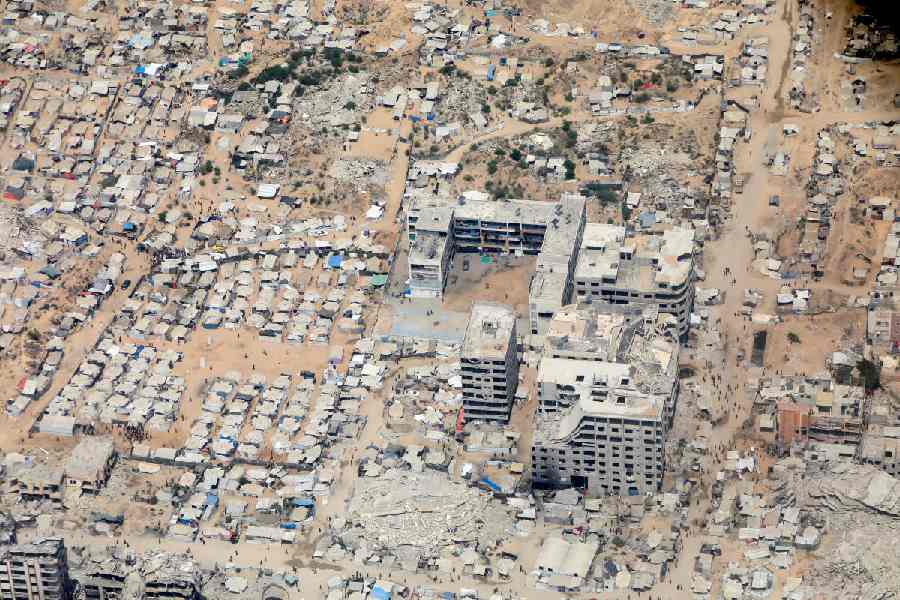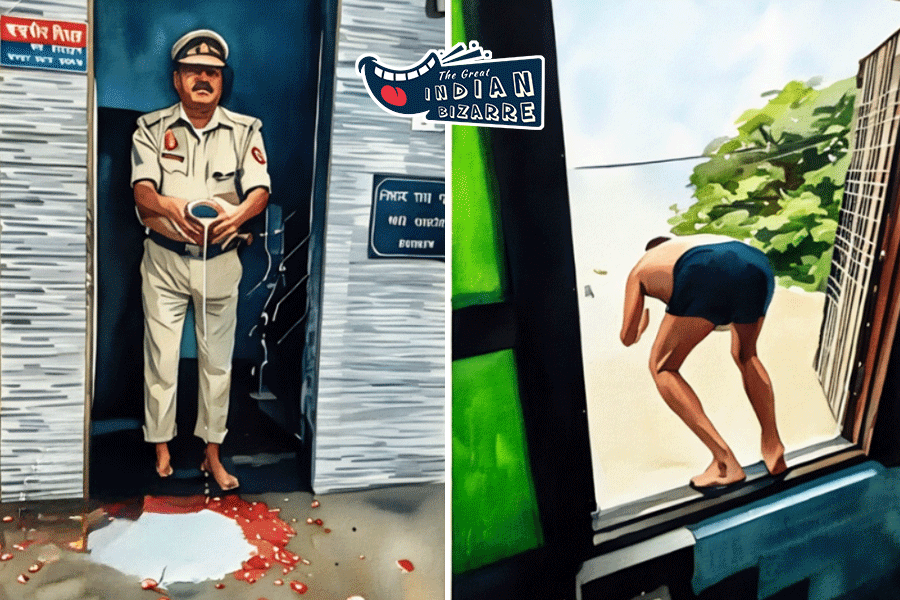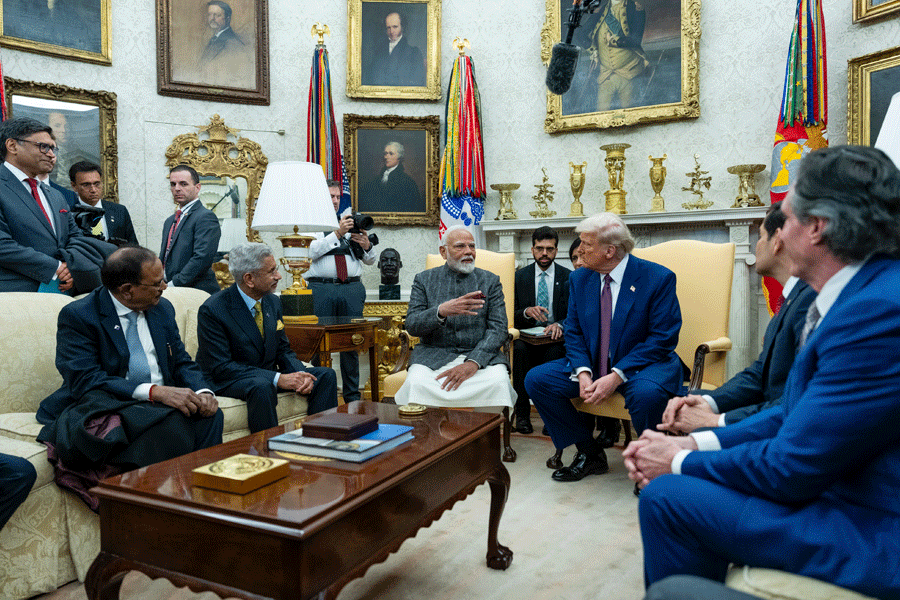Aug. 4: As the toll in the Tehri cave-in mounted to 24 today, environment activists feared that seismicity of the region could have triggered the collapse.
A team from the Geological Survey of India that began a probe today, however, was sceptical. The geologists said it was too early to say that a mild tremor, one of many occurring in the region because of tectonic activity, was to blame.
A part of Tunnel 3 of the Tehri dam had collapsed on Monday during heavy rain and landslides while about 60 labourers were at work. Thirteen bodies were extricated from the debris yesterday. Eleven more were found during overnight rescue operations.
Power minister P.M. Sayeed rushed to the site today for first-hand knowledge of the mishap, reports PTI. He was accompanied by power secretary R.V. Shahi and other officials. An official statement in Delhi said Sayeed would also review the relief operation.
The injured 11, admitted to various hospitals, are believed to be out of danger. Twelve others managed to escape during the cave-in but 12 more are still missing, sources at Tehri said.
“Not many more labourers appear to be trapped inside the 100-metre deep tunnel now. Even if there are, chances of their survival seem remote,” said R.D Prabhakar, the executive director of the Tehri Hydro Development Corporation.
The rescue operation, he added, was in its final leg.
A.S. Napalchyal, Uttaranchal’s principal secretary for disaster management said: “We don’t think there is anybody else trapped inside.”
The labourers — from Bihar, Jharkhand, Orissa and Andhra Pradesh — were making the concrete layering of a 240-metre-long vertical shaft inside the tunnel when it collapsed and heavy boulders and construction material hurtled down.
Sources at Jay Prakash Industries, a private company engaged to build the dam, said at least five victims were yet to be identified.
The incident, which has not directly damaged the 260.5-m dam — the highest in Asia — has resurrected the debate on a big dam’s unviability in a geologically sensitive zone like Tehri, which is in the lap of the Himalayas.
Following the tragedy, more voices of protest have been added to those of environment activists like Sunderlal Bahuguna, who was leading a campaign against the dam’s likely catastrophic impact.
The collapse could have been caused by mild tremors induced by the high annual rain in this steep and seismically unstable mountain range, said Prabhat Sunderam, a geologist and an activist based in Dehra Dun.
Another reason, he added, could be the dam’s 20 cubic km of impounded water in the downstream plains.
The old town of Tehri and several adjacent villages, which comprise the dam’s reservoir area, were submerged only last week after a sudden rise in the Bhagirathi’s water level following heavy rain.
“These kinds of tremors are common and have been taking place in the zone ever since the Himalayas’ subcontinental plate got separated from the ancient Gondwana tectonic plate,” Sunderam said.
Some environmentalists had blamed the dam for the Uttar Kashi earthquake in the 1990s.
P.C. Nawani, GSI director in Dehra Dun, however, said that though a thorough geological investigation was pending, the likelihood of seismicity as the trigger appeared remote.
“Had that happened, Tunnel 4, which is just 50 m from Tunnel 3, would also have been affected,” said Nawani, who reached Tehri this morning with his team.
The Centre has ordered a probe by a GSI team while the Uttaranchal government has instituted a magisterial inquiry.
For now, police and the local administration are blaming the heavy rain, and the scientists are taking refuge in the conviction that seismicity is known to all and modern technological know-how is at hand to cope with that danger.
Napalchyal said work on the dam would resume soon.


